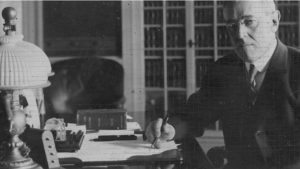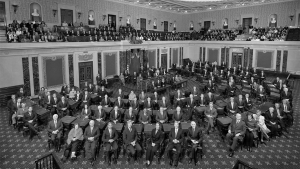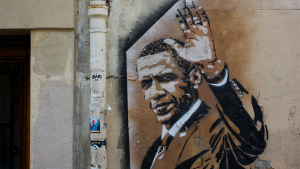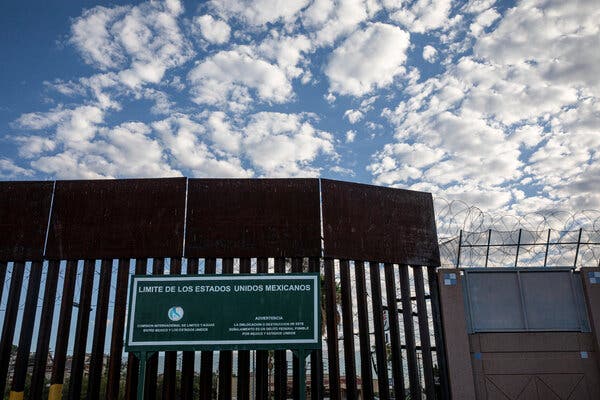Asylum seekers got a major win in a lawsuit challenging the Department of Homeland Security’s (DHS) illegal policy of turning back asylum seekers at ports of entry. In Al Otro Lado v. Wolf, a federal judge decided that the case may proceed as a class action.
This decision means that the named plaintiffs—14 individuals and an organization that assists asylum seekers—can seek relief for both themselves and the thousands of asylum seekers that have been turned away since 2016 or will be turned away in the future. In two ports of entry alone, over 57,640 asylum seekers were turned back in 2018 and 2019.
Asylum seekers’ victory in this case is a welcome development in the face of an otherwise grim situation at the U.S.-Mexico border.
Expelling Asylum Seekers From the Border
The Trump administration has used the COVID-19 pandemic as an excuse to impose a near-complete shutdown of the U.S.-Mexico border. At the same time, the administration has rapidly “expelled” thousands of unaccompanied minors in the name of public health, even when they test negative for COVID-19.
Over 105,000 adults and children have been expelled through July. Hundreds of those who were not expelled have been sent back to Mexico to wait an unknown period of time for their U.S. immigration court hearings under the indefinitely-suspended “Migrant Protection Protocols.”
Metering Asylum Seekers in Mexico
Since 2016, U.S. Customs and Border Protection (CBP) has turned back asylum seekers at ports of entry along the U.S.-Mexico border with a combination of lies, coercion, physical force, and obstruction, and its “metering” policy.
Under the metering policy, CBP officers claim that ports are “full,” forcing asylum seekers to put their names on waitlists and spend months in dangerous conditions in Mexico.
Metering is one of several current policies that collectively make it nearly impossible to access the asylum process and place people’s lives in danger.
Unlike asylum seekers subject to other policies, CBP officers do not acknowledge asylum seekers’ claims for protection at all under metering. This leaves them in legal limbo and puts them in physical, financial, and emotional distress in Mexico.
Where the Al Otro Lado v. Wolf Case Leaves Asylum Seekers
In the recent decision in Al Otro Lado v. Wolf, the federal judge recognized that plaintiffs’ evidence demonstrates that CBP’s different methods of turning back asylum seekers were all part of an “overarching policy” that furthers the “administration’s objection of restricting asylum access.”
Notably, this decision will not affect those individuals who are being rapidly “expelled” at the border. When the expulsion policy ends, either by court order or a new administration, asylum seekers who get turned away will be for the first time part of a class action lawsuit seeking to ensure their right to seek protection.
Last week’s order is an important step forward in the fight to ensure that the United States continues to be a nation that welcomes asylum seekers.
Source: Legal Victory Brings Hope to Asylum Seekers Turned Away at the Border








